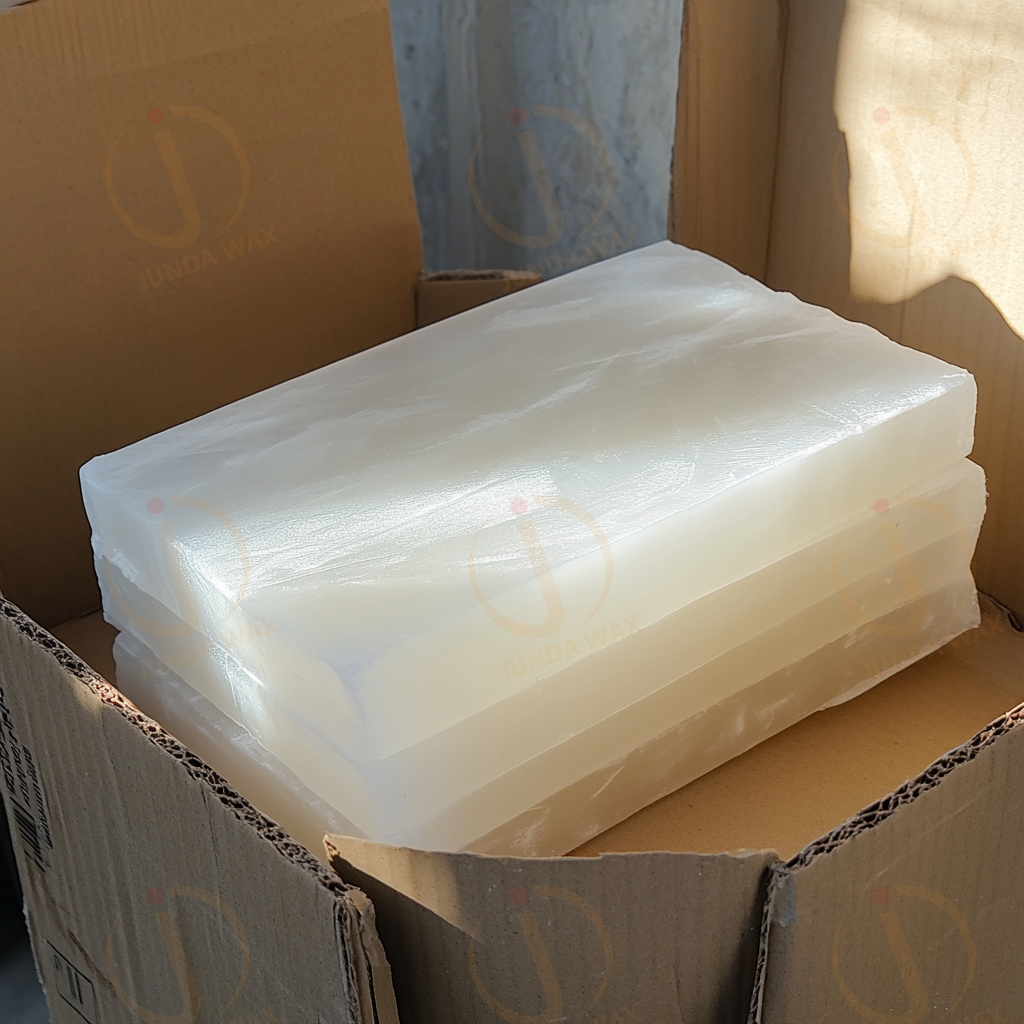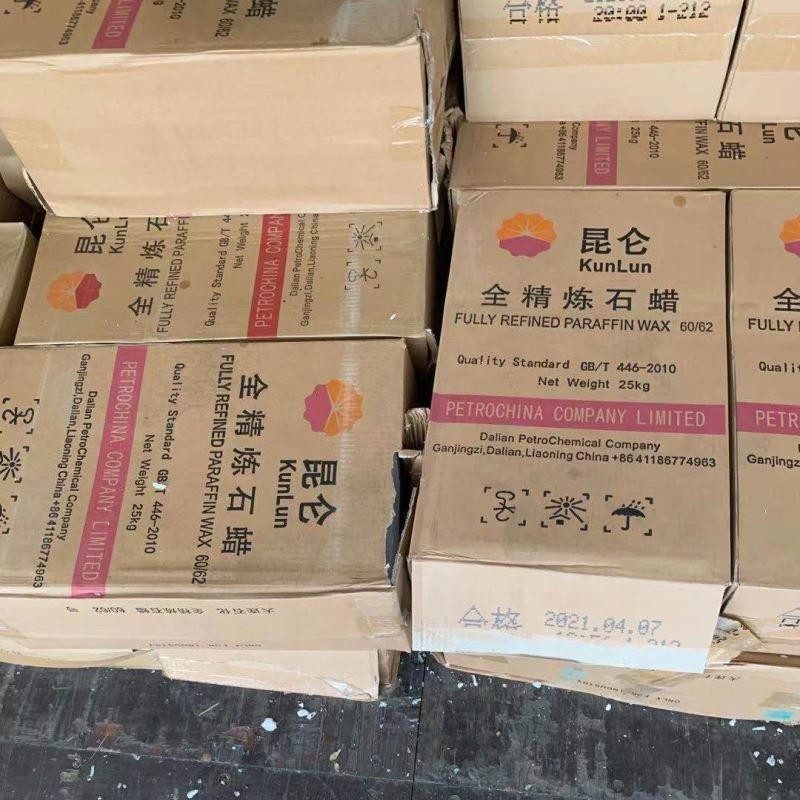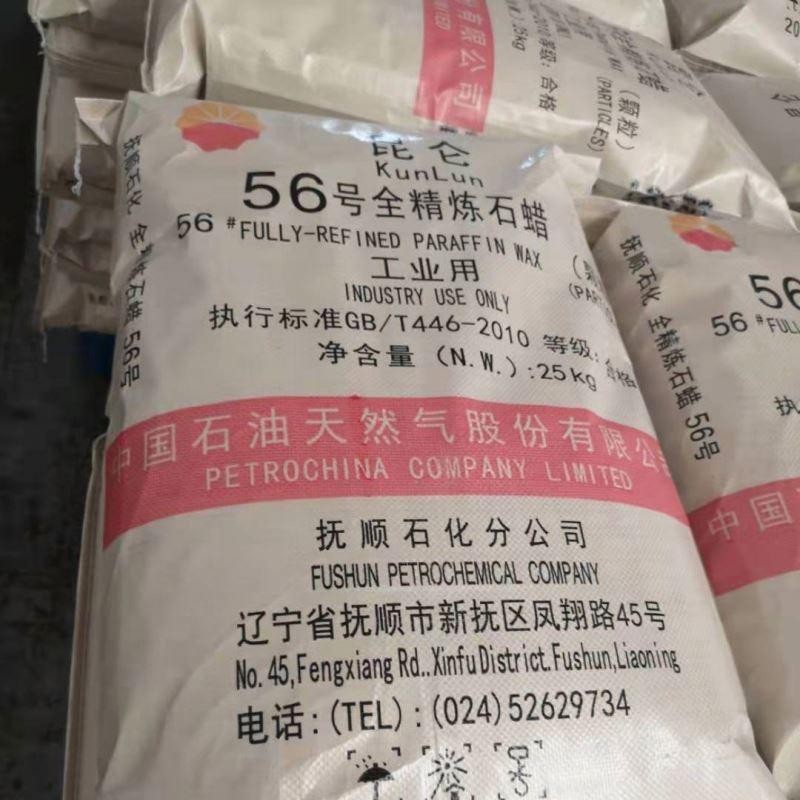I. Analysis of Industry Status
(I) Continuous Market Expansion with Rising High-End Product Share
According to China Research Puhua's 2025-2030 China Paraffin Wax Industry Investment Potential and Development Outlook Analysis Report, China's paraffin wax industry has established a comprehensive full-chain system, extending from primary paraffin to high-value-added products like microcrystalline wax, food-grade paraffin, and pharmaceutical-grade paraffin. Recent trends feature "stabilizing traditional demand and expanding emerging sectors": while demand growth in traditional candle production has slowed, industrial applications in packaging materials, rubber protective wax, and electronic encapsulation have become new growth drivers. For instance, driven by automotive industry demand, rubber protective wax consumption has surged significantly. Phase-change energy storage wax is also gaining traction in photovoltaic and battery thermal management due to the new energy sector.
(II) Accelerated Tech Innovation with Green and Smart Trends Dominating
Technological advancement is the core driver of industry upgrades. Traditional solvent dewaxing is being replaced by catalytic dewaxing due to pollution concerns. Hydrofining technology enhances purity to meet stringent EU/US environmental standards. Meanwhile, smart production technologies such as AI-optimized dewaxing processes (reducing energy consumption), digital twin factories (enabling full-process visualization), and blockchain traceability (streamlining export clearance) are rapidly being implemented. Breakthroughs in bio-based waxes and coal-to-liquid byproduct wax technologies further enable sustainable development.
(III) Regional Market Restructuring and Industry Chain Coordination
Regional markets show a "dominance by East/South China with rising emerging hubs" pattern. East and South China account for over half of consumption due to clustered downstream industries. Northeast China—the main production base—faces a supply-demand imbalance due to insufficient local demand. While market leaders strengthen integration ("crude oil-refining-modification-application"), SMEs focus on niche areas: developing low-melting-point waxes for 3D printing precision or ultrathin coating technologies to boost lithium battery energy density. Supporting services like specialized testing/certification and logistics are flourishing, creating a mature industrial ecosystem.
II. Macro Environmental Analysis
(I) Policy Support Accelerates Green Transition
National policies like the 14th Five-Year Plan for the Petrochemical Industry explicitly prioritize optimizing product structures and expanding high-value-added output. The Green Manufacturing System Implementation Plan emphasizes reducing energy consumption and emissions, promoting hydrofining and biodegradable waxes. Trade barriers like EU carbon tariffs and REACH regulations compel companies to upgrade—e.g., building carbon footprint tracing systems to meet international certifications.
(II) Economic Factors: Dual Drivers of Consumption & Industrial Upgrading
Steady economic growth and rising disposable incomes are fueling consumption upgrades. Food-grade and pharmaceutical-grade paraffin demand scales rapidly in households. Industrial sectors require high-purity functional specialty waxes due to manufacturing upgrades—e.g., low-melting-point, high-thermal-conductivity waxes for electronics.
(III) Social Factors: Rising Eco-Consciousness & Emerging Applications
Global environmental awareness is driving low-carbon transitions: high-pollution processes face phase-outs, while bio-based waxes and biodegradable packaging gain market favor. New applications—phase-change materials in building insulation, nano-waxes in high-end lubricants—unlock growth avenues.
(IV) Technological Factors: Industry-Academia Integration
Biotech, materials science, and AI breakthroughs energize the industry: gene editing enables tailored disinfectants; nanomaterials enhance wax lubrication/thermal stability; big data analytics optimize production. Cross-sector tech convergence also drives standardization.
III. Competitive Landscape Analysis
(I) High Market Concentration Led by Giants
China’s paraffin wax market features an "oligopoly + niche-driven" landscape. CNPC and Sinopec dominate with >70% capacity share; Fushun Petrochemical is the world's largest production and export base. SMEs compete via differentiation: developing specialty/composite waxes or targeting emerging markets (SE Asia, Middle East).
(II) Differentiation Strategies
Market leaders reinforce advantages via integrated chains. SMEs carve niches: e.g., developing customized disinfectants for veterinary clinics or innovations like foam disinfectants for cold-chain logistics.
(III) Intensified Global Competition
Under the Belt and Road Initiative, exports to SE Asia/Middle East surge. However, EU carbon tariffs and REACH require greener processes. Companies achieving breakthroughs—e.g., ethanol recovery systems cutting emissions—gain access to premium markets.
IV. Industry Trends to 2025
(I) High-End Shift: Specialty Waxes to Exceed 50% Market Share
Specialty waxes will drive growth. Custom products will serve high-purity demands in electronics, healthcare, and food. Examples: phase-change waxes for EV battery thermal management; medical-grade sterile waxes.
(II) Green Process Adoption Rising Compliance Costs
Stricter environmental policies will necessitate clean tech (e.g., hydrofining, bio-waxes). Carbon tracking and certifications will lift compliance costs, pushing efficiency gains via waste heat recycling or coal-derived alternatives.
(III) Globalization: Expanding Overseas Revenue
Overseas production bases and partnerships (esp. SE Asia/Mideast) will mitigate trade risks. M&A and JVs in Europe/US will boost branding.
(IV) Digitalization: >50% Smart Factory Penetration
AI-optimized crystallization, digital twins, and blockchain tracing will become standard. Smart factories will significantly enhance productivity.
V. Investment Strategy Analysis
(I) Niche Opportunities
Specialty Waxes: Focus on pharma/food/electronic grades. Target R&D-capable firms.
Green Tech: Bio-based/degradable materials aligned with policies.
New Sectors: Battery thermal management, 3D printing supports. Bet on innovators.
(II) Tech Leadership & Industry Chain Control
Back R&D in core processes like hydrofining.
Integrate resources via mergers (raw materials) and channel expansions.
(III) Green Transition & Global Outreach
Invest in eco-certifications and emission-reduction systems.
Establish overseas hubs via Belt and Road partnerships.
(IV) Risk Management
Hedge raw material costs via long-term contracts.
Preempt policy shifts through green tech adoption.
Diversify export markets for trade-friction resilience.




